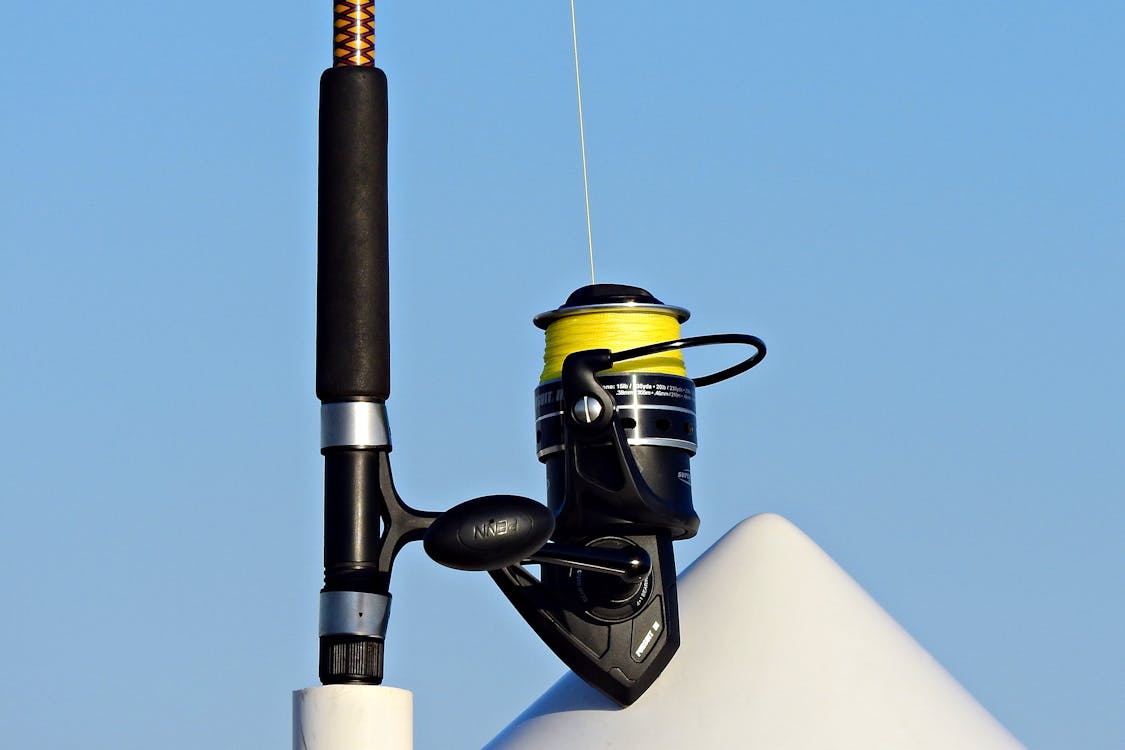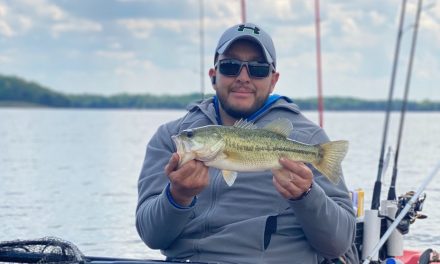One of the simple realities of an angling career is that it’s just a lot easier, for most folks, to freshwater fish than it is to saltwater fish. That being said, if you are among the few and the lucky who find themselves in a position to do a lot of saltwater fishing. Then, you’ll be needing a dedicated saltwater fishing reel at some point, but there is a lot to contemplate before selecting a saltwater reel.
Will you be targeting small or big fish species, if so, then what drag system will be needed? Do you plan to use a monofilament or braided line? Will you be casting all day? These are just some questions you should ask yourself because the wrong reel will result in a fish count of zero. Here’s a list of seven tips that will make your first saltwater reel purchase a more enjoyable experience.
1. Get the Right Drag System
Nevertheless, you’ll want to make certain your new reel fits your needs. Can the drag system handle the species you’re going after? This is the single most important question when it comes to selecting a new reel. Drag systems have two key purposes; allowing a large fish to run before snapping a bent rod. And, allows the fish to tire itself out before being caught. While there is a way to determine this with a torque equation, knowing your targeting species, line capacity, and drag pressure will give you the best results.
2. Line Capacity

Image Credits: Adam Rhodes via Unsplash
Hence, line capacity answers one burning question for anglers; which is how much of the line should be placed on the reel? If you’re not certain, the answer is imprinted on the body of the reel. It’s essential to note that all manufacturers will vary in what can and can’t be spooled with each reel size. More specifically, on the manufacturer’s website, this is where you can figure out if the reel is capable of holding both monofilament and braided line; a braided line will have a different diameter than a monofilament line.
When it comes to filling the reel, line capacity will appear as if 160/30lbs or 160 yards of 30 lbs of the test line can be spooled. Overfilling the line might result in a phenomenon known as wind knots. Whereas under filling the line might result in no fish caught with a snapped line or rod if a fish runs and there’s too much tension.
3. Is it Braid Friendly?

Image credits: Allen Beilschmidt Sr. Via Pexels
It’s essential to know what your reel is capable of using for the fishing line. Is it braided line compatible? If a reel is incompatible with a braided line, anglers might be faced with slippage on the reel. There are many pros and cons to utilizing a braided line, with faster sinking speed and more durability, but it is also more expensive.
If you intend to pick a reel for using a braided line, there are some specs to consider. Drag pressure will be a personal preference, but is anywhere between 15-25% of the test of the braided line. Generally, with the heavier nature of the braided line, drag pressure is consistent over the drag spikes seen when the monofilament line is used.
4. High Speed or Low Speed?

Image credits: 1195798 via Pixabay
As you can see, there is much to consider when selecting a reel. One of these aspects is concerning gear ratio and whether it’s high-speed or low-speed. In basic terms, this is implying how fast can you reel in your catch as line spools around the reel? To understand gear ratios, we’ll use the example of a low-speed gear, presented as 4:1. Here, per one crank of the reel, the line is spooling around the reel four times. This can also be seen as 4.2:1 where per one crank the reel wraps 4.2 times. However, low-speed gear would be the preference for those targeting smaller saltwater species.
Alternatively, high-speed gear ratios are commonly found as 6:1 to 8:1, although they can go higher. As for spinning reels, 5:1 is considered fast for this variation of the reel. Of the most common high-speed reels, 6.2:1 is most commonly used among anglers. High-speed reels should be used if you intend to target hefty fish. Alternatively, if you’re targeting a fast-moving species like tarpon or bonefish where there might be slack on the line.
5. Remember, Salt is Corrosive

Image credits: Three-shots via Pixabay
If you’re going to buy a used saltwater reel, it’s important to keep the nature of salt in mind. The ancient rigs without high-chromium steel or stainless steel aren’t going to last as well, even if they’ve been well cared for. But when it comes to corrosion-resistant material and components, it should be made of anodized aluminum. Although freshwater reels can be used in salt water, it is highly recommended not to do so. As an example, in a spinning reel, the rivets found inside the reel are lighter and will break down faster. The same can be said of ball-bearings.
6. Size Matters
As such, if you’re going to be going after a lot of marlin or tuna, you require a big reel. If not, a smaller and more economical rig will serve just fine. If smaller species are your regular thing, consider a spinning reel. They cost less than the traditional saltwater rigs and are more familiar to a freshwater angler. On the other hand, if you intend to fish all day, a smaller reel might be the way to go to avoid your arm and wrist getting cramped up. The bigger the reel, the bigger the weight.
The Last Word
Regardless of what methods you employ or where you choose to purchase your first saltwater reel, it’s important to remember that this isn’t a lifetime commitment. Saltwater reels can be an expensive purchase, so it is crucial to do your research and determine what’s best for you. With specs like drag systems, gear ratios, line selection, and line capacity to ponder, a good place to start your search is based on your target species. But at the end of the day, it’s all a game of patience and an afternoon well spent.






 E-Newsletter
E-Newsletter